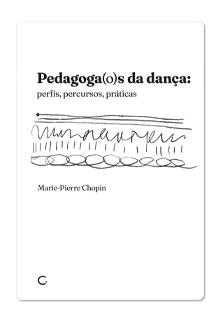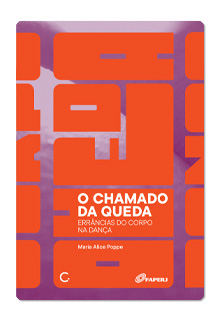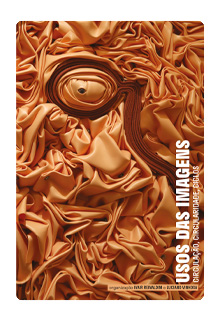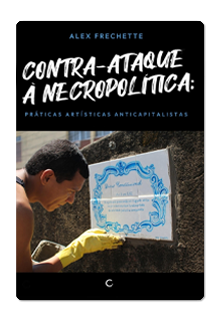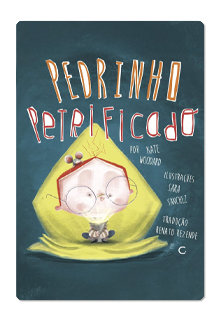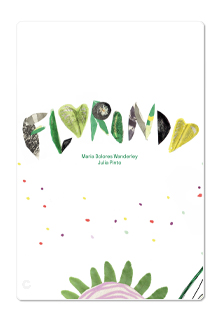Hyperorganics 4: vegetal cosmogonies and art – Carl Hayden Smith and Roseanne Wakely / Edward Shanken / Jeremy Narby / Luis Eduardo Luna / Olga Kisseleva / Roy Ascott
Hyperorganics events and published collection are actions supported by the Graduate Program in Visual Arts of the School of Fine Arts, from the Federal University of Rio de Janeiro, organized by the Research Group Nucleus of Art and New Organisms (Núcleo de Arte e Novos Organismos) – NANO, under the coordination of professors Guto Nóbrega and Malu Fragoso, from the Interdisciplinary Poetics line of research. Centered on the relationship between different technologies, art and the context in which human actions unfold and give meaning to life, Hyperorganics is characterized by a vertical approach, bringing together undergraduate and graduate students, and at the same time a horizontal one, by connecting university and society, nature and culture, art and the world, blurring the boundaries between the universe of so-called new technologies and that of traditional practices. Thus, it seeks to promote integration between knowledge legitimized by science, in the conventional sense, and knowledge of indigenous peoples, whether visible or invisible, verbal or non-verbal. The fourth volume of the Hyperorganics collection brings together thoughts around the theme “Vegetable Cosmogonies and Art”. In it, we find essays by researchers translated into Portuguese, reinforcing transnational dialogues. Among the multiple guidelines of contemporary debates, the one that focuses on the Anthropocene and the sustainability of the planet has gained greater visibility and interest in artistic production and the resulting reflection, both in propositions that are specifically dedicated to the universe and the presence of plants in its propositions, as well as in the knowledge and transcultural practices that unfold from the knowledge that derives from this plant world. Thus, the publication reinforces, from a reflective and integrative perspective, the criticism of a modus operandi in which different views of the world and ways of life, rather than in opposition, need to be seen in constant interchange. If plant cosmogonies are presented as an area of transdis- ciplinary interest, it is from poetic experimentation that they are approached in this publication, reinforcing the production of contemporary art beyond the technical universe and an autonomous thought turned in on itself. In this key, from a perspective of the now, disciplinary and cultural territories, as well as dilated and transversal temporalities, point to a reflection and production committed to an ethical and aesthetic dimension in transformation, since it is no longer possible to sustain practices not connected with multiple dimensions and diverse knowledge, unilateral and supposedly universal concep- tions of the world. In this sense, we are experiencing a process of reframing the concept of “art”, still in progress, of which we do not fully understand, and such initiatives allow us to envision some of the possibilities for this other understanding.
Ivair Reinaldim

